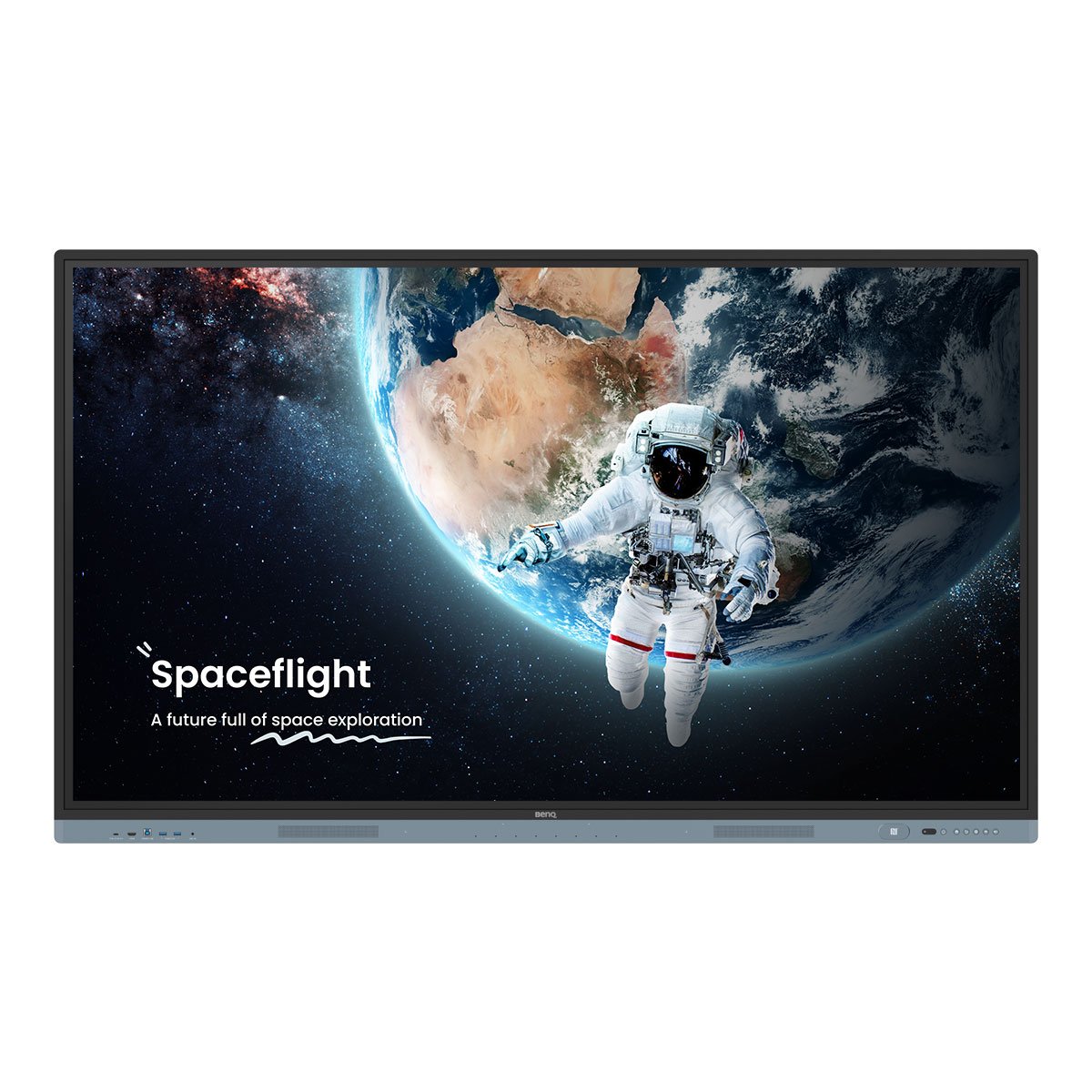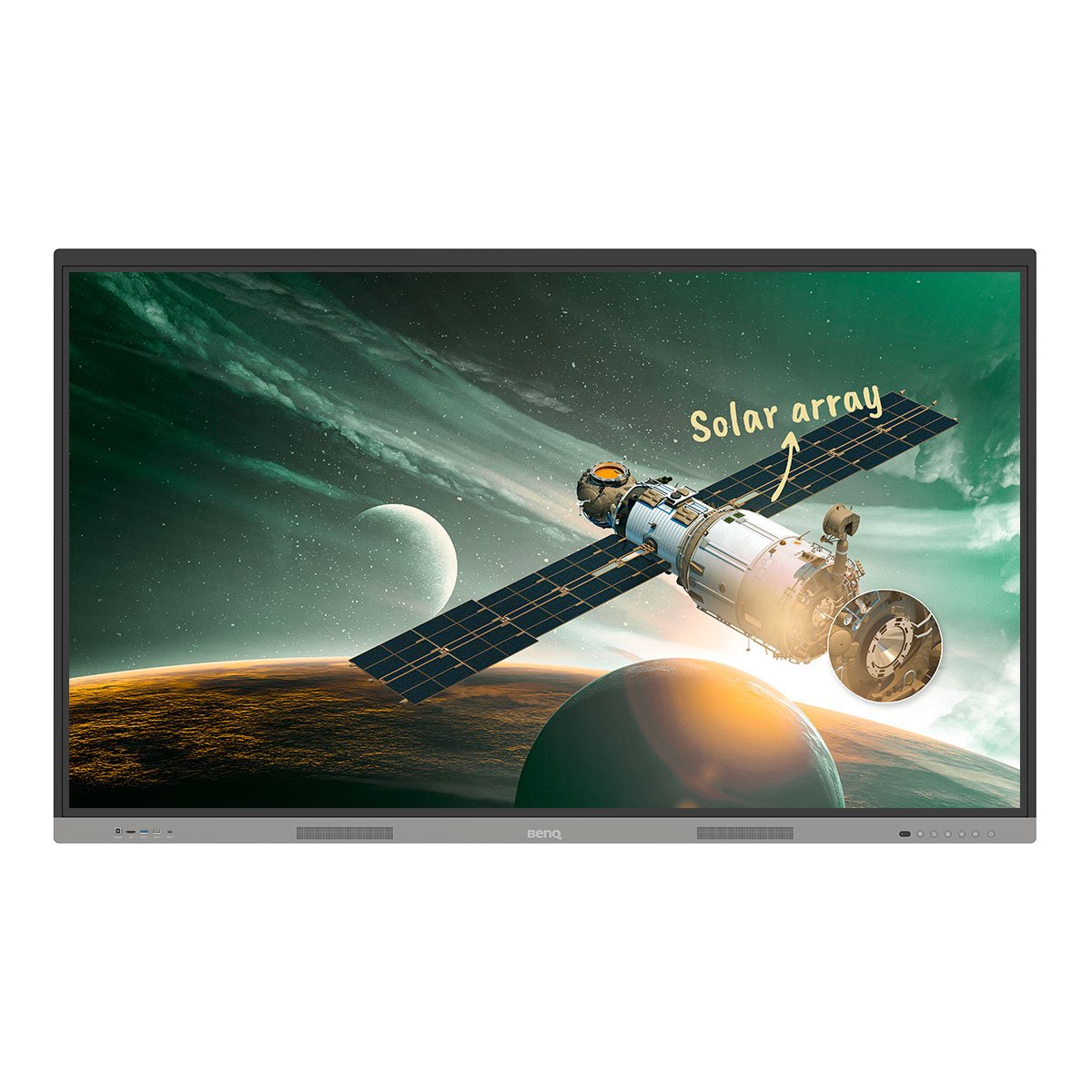Guest users
BenQ understands the need for data security and privacy in schools. With more and more devices being introduced into classrooms, IT administrators will have to consider how to safeguard them in order to prevent possible security risks and data leaks. This is why BenQ Boards have several security measures in place to help schools protect their assets and the data of their students and teachers.
1. BenQ Board services are compliant with international data privacy standards
In compliance with the data privacy standards outlined in the European Union’s General Data Protection Regulation (GDPR) and the California Consumer Privacy Act (CCPA), BenQ ensures that any customer data that we gather and process are used solely to provide, maintain, and upgrade the BenQ services that our customers use.
Unless our customers explicitly give us consent to use or store their data, BenQ will have no access to or way of decrypting any of their personal identifiable information (PII). This includes their names, passwords, email addresses, and even their IP and MAC addresses.
2. Regular OTA updates come with the latest security patches
Outdated firmware and apps may create security loopholes that are vulnerable to attacks and data leaks. Keeping your system up to date is one of the best ways to ensure optimal device performance and data security.
All running models of the BenQ Board receive timely firmware and application updates, including security patches, through the board’s over-the-air update feature. BenQ promptly releases these updates on a regular basis.
Administrators can easily push these updates manually through the BenQ Device Management Solution (DMS) or schedule them during off-hours so that the updates do not disrupt ongoing classes. As long as your BenQ Board is online, it will receive and install these updates automatically. In case your BenQ Board is offline, if it is already bound to your school’s DMS account, it will automatically receive and install these updates the next time it’s powered on and connected to the network.


3. BenQ uses secure cloud services and communication
The BenQ service portal—which houses the cloud-based Account Management System (AMS), Identity and Access Management (IAM), and DMS management consoles—as well as all related databases are hosted on secure Amazon and Google Firebase servers. Not only do these servers meet the highest standards for data security, processing integrity, confidentiality, privacy, and reliability, they are also regularly tested by trusted third-party auditors in accordance with the SOC 2 and AWS Compliance Program.
All communications to this portal are encrypted using tried-and-tested SSL, TLS (1.2 and later versions), and HTTPS protocols, preventing others from intercepting any transmitted data. BenQ web services also use OAuth 2.0 and JSON web tokens to authorize credentials.
4. BenQ Boards offer multiple network security options
As with any other organization, schools have their own network security strategies. Since they will be adding the BenQ Boards to their current system, it is important to offer administrators the flexibility of configuring their new devices to match their in-place security measures. The BenQ Board’s network settings allows admins to use certificates for more secure connections and data integrity, apply stricter WPA2 settings for enterprise-grade encryption and authentication, and add proxy-level controls to restrict access to potentially harmful sites and optimize bandwidth use.
5. Multi-factor authentication provides an extra layer of security
BenQ also gives teachers the option to use multi-factor authentication by enabling the setting on the BenQ IAM system. Multi-factor authentication would require them to input an additional security code sent to their mobile device. The code is used to help verify their identity when logging in. This measure prevents unauthorized access to BenQ Boards in case the teacher’s user credentials fall into the wrong hands.


6. Passwords never stay on the board
Password leaks open doors to a lot of confidential information. This is why it’s critical to protect them. Whenever teachers log in to access their BenQ account or third-party services, the BenQ Board does not remember or store their passwords. This prevents attackers from potentially accessing their cache and stealing their credentials.
Taking it a step further, BenQ Boards also give teachers more secure ways of logging in without requiring them to enter their username and password on the board. Teachers can opt to log in using either their smart device by scanning a QR code or a school-issued NFC card, if their BenQ Board is equipped with an NFC sensor. These methods not only save teachers the time and effort of manually entering their credentials, it’s also a good way to conceal their passwords from prying eyes.
Schools using single sign-on (SSO) systems such as ClassLink or Google can utilize these for a convenient and secure login experience on their BenQ Board. Because teachers are entering their credentials on the official and secure sign in pages of these services, their passwords and other account information are sent directly to their servers without ever passing BenQ.
7. BenQ user accounts are compartmentalized
Although the BenQ Board is a device that can be shared among multiple users, it doesn’t mean that they will be able to access each other’s files and folders. Through BenQ AMS, we give schools the ability to create user accounts for each of their teachers or import existing account lists from a directory service. Teachers are assigned their own local folder on the board, which cannot be viewed or modified by other teachers.
Teachers can also use AMS to link their cloud storage to their BenQ account. This gives them sole access to their lesson files stored on Google Drive, OneDrive, or Dropbox every time they are logged in to their board.
8. Secure user modes prevent unauthorized access and tampering
By default, any user will be able to utilize their BenQ Board for whiteboarding and presentations even without logging in with a BenQ account. Although this is convenient, schools can also opt to activate the Authentication mode for their BenQ Board as an extra layer of security. Activating this mode on AMS ensures that only authorized users, such as teachers, will be able to access the board and its features. This will prevent students or guests from tampering with the board or using it outside of classes.
Even with the Authentication mode enabled, there may be instances where schools will still need to limit what users can do on the board. For example, not all users should be able to modify the network and display settings. On IAM, administrators can assign the Restricted user role for user groups or individual users. This allows schools to restrict users from making unauthorized modifications while still giving them access to all the essential BenQ Board features. For teachers, this won’t be a problem since they only require access to their lesson folders, education apps, the internet, and basic functionalities such as whiteboarding, wireless screen sharing, and screen recording.
Restricted users
Authorized users
Login
Not required
Required
Required
Modification of settings
Not allowed
Not allowed
Allowed
Connected devices
(vis HDMI or USB-C)
✓
✓
✓
Public folder
-
✓
✓
Personal folders
-
✓
✓
Cloud storage
-
✓
✓
EZWrite whiteboard
✓
✓
✓
InstaShare wireless screen sharing
✓
✓
✓
Web browser
-
✓
✓
9. Idle boards log users out automatically
One of the most common ways device security gets compromised is when it’s left unlocked and unattended. People can take advantage of this and do anything they want on the device while a user account is still logged in. Administrators can prevent this from happening on the BenQ Board by setting an idle session logout time on AMS. If ever a teacher forgets to log out of their board, AMS will automatically log out of the account.
10. Google Play apps are verified safe by Google Play Protect
Users of the 4th generation BenQ Boards (RP04 and RM04) or have the TEY1A or TEY2A slot-in PCs have access to the built-in Google Play Store. Every time a user tries to download apps from the platform, Google Play Protect scans them for malware and malicious behavior and then warns the user of potential risks before installation. More than that, Google Play Protect also scans the apps already installed on the BenQ Board for any suspicious activity.
You can download the BenQ security brief for more information.






